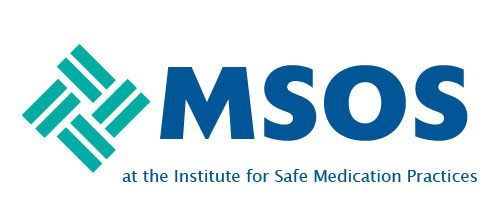I work for a 15 hospital system and we are tackling standardizing heparin concentrations used in radiology for peripheral vascular procedures (e.g. catheter directed thromboplysis). The radiologists say that they need dilute heparin so there is sufficient flow rate in addition to the MOA of heparin to prevent pericatheter thrombosis.
My premises to this project:
- Minimize available heparin drip concentrations to 1-2 at most organziation-wide
- Use premixed solutions whenever possible
Your feedback appreciated -
- What heparin concentrations do your IRs use? For pericatheter thrombosis, specifically - 2 unit/mL, 10 unit/mL, your standard therapeutic heparin concentration with concommitant IV fluids (if so - how do you configure the system?)
- Does anyone have any solid info re: minimum flow rate needed to prevent pericatheter thrombosis? Literature generally does not cover this - rather cites use of doses ranging from 100-1000 units/hr. Looking for source to clarify what the magical rate is that mechanically flushes the catheter.
Thank you -

